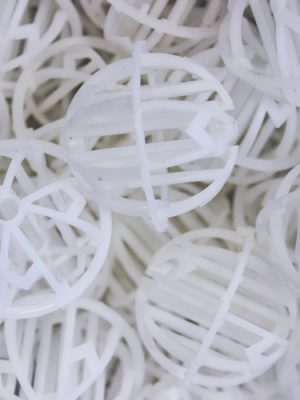Transforming grain into biofuel requires steps to recover inputs such as methanol, which is used in excess at the start of the biodiesel production process. Methanol rectification is the solution that recovers all this excess and Clark Solutions has worked constantly with this technology and has already mastered the subject.
More than 18 plants have trusted us to supply them with our products and complete systems. Other applications are also part of our scope, such as moisture and glycerol reduction, olein recovery, glycerin concentration and biodiesel drying.
These are all stages of the process that Clark Solutions has experience in and operates with innovative and efficient solutions – a very diverse portfolio of products that help in the stages of moisture and VOC reduction, biogas compression and upgrading.














